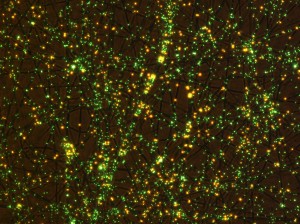Just Press Print
 A person with a failing vital organ usually has only one treatment option: get a new one. But right now, that often means joining a long waiting list and hoping for the best. Moving up that list means someone ahead of you gets taken off it – either through their death, donation from a living donor, or the death of a healthy person who donates to them the needed organ.
A person with a failing vital organ usually has only one treatment option: get a new one. But right now, that often means joining a long waiting list and hoping for the best. Moving up that list means someone ahead of you gets taken off it – either through their death, donation from a living donor, or the death of a healthy person who donates to them the needed organ.
In the US, an average of 79 people receive trans- plants every day, and 18 die as a result of a short- age of appropriate organs. Even those who make it to the top of the list are not guaranteed a perfect match; following transplantation, a person’s immune system may reject the very thing that can keep their body alive.
However, a few decades from now, getting a new organ may be a much less risky endeavour. Future generations may look back on the complications of today as long-gone artefacts that vanished some- where in the middle of the 21st century. That is because, thanks to the marriage of biology and phys- ics in the field of tissue engineering, patients in need of a transplant may soon not need to rely on inherit- ing viable organs from recently deceased donors.
They may just press “print”. Read more in this article from the September issue of Physics World.
Photo courtesy Suwan Jayasinghe.